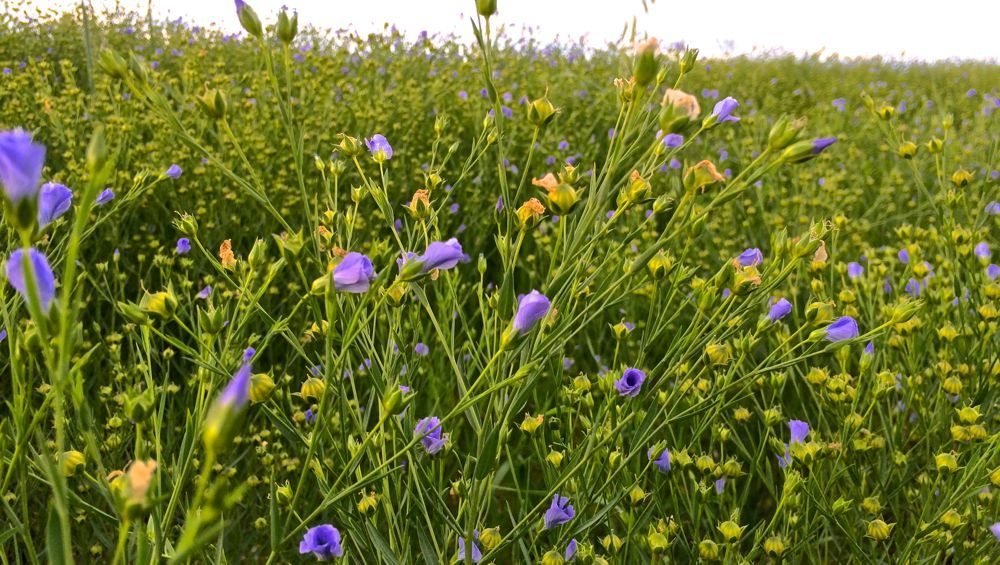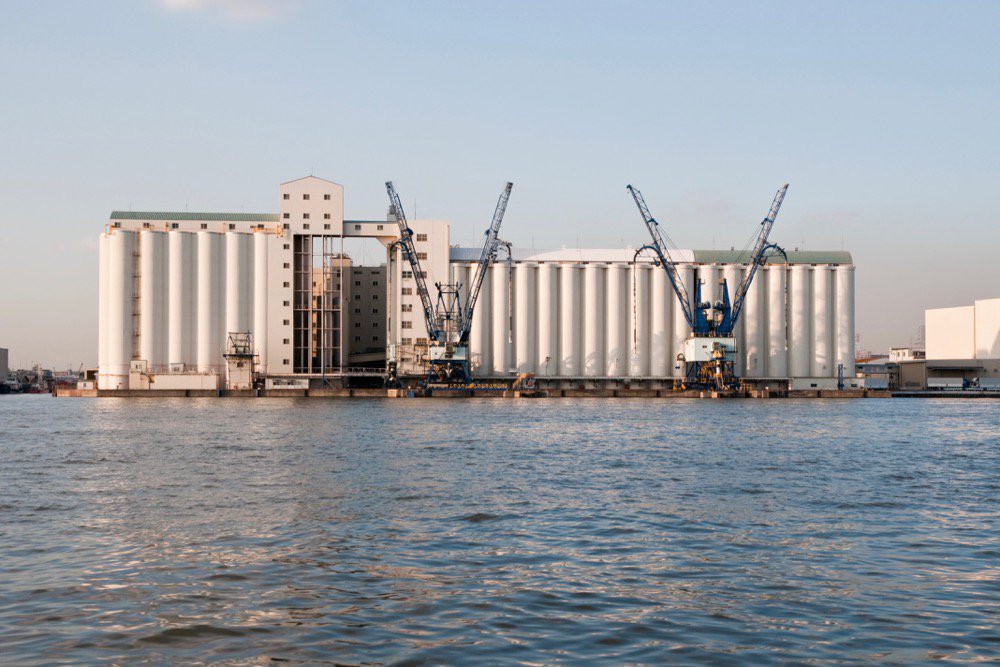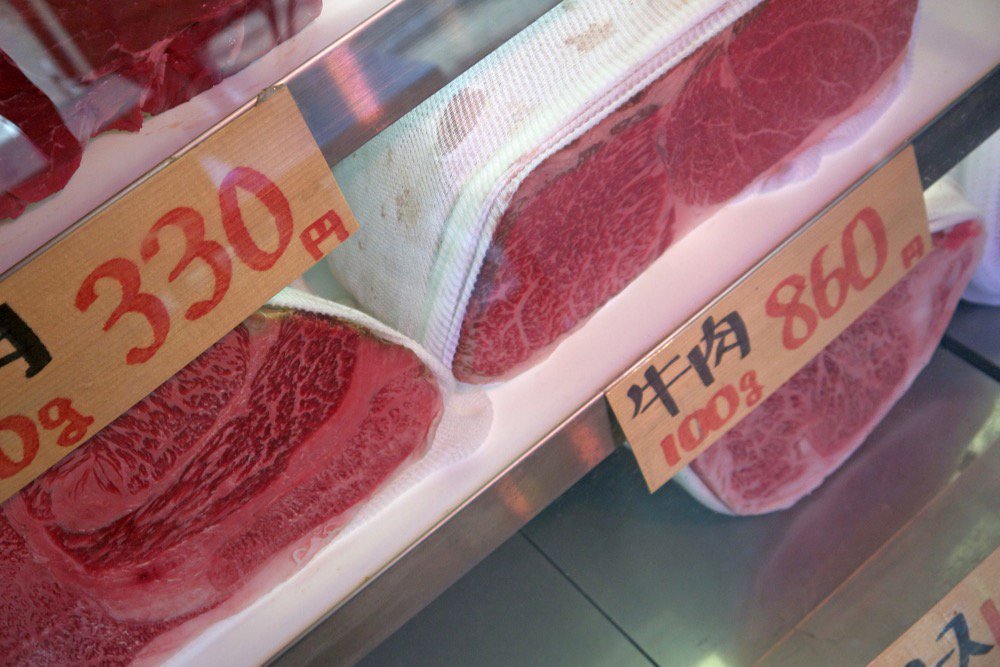CNS Canada — Western Canadian flax producers have seen a decline in prices, due in part to weak exports — but the most recent data from the Canadian Grain Commission show a dramatic increase in sales.
“Prices have definitely come down, we know that,” said Don Kerr, president at the Flax Council of Canada in Winnipeg, adding he thinks the depreciation is caused, in part, by slower exports to Europe and China.
Europe has been importing less Canadian flax in favour of flax from the U.S., Russia, and Kazakhstan.
Read Also

U.S. grains: CBOT soybeans, corn, wheat fall in USDA data aftermath
Chicago grains took a dive on Friday, following a closely watched U.S. government crop report and the release of export data that could provide clues into Chinese buying.
Exports to China have also been weak, as the country has backed-up supplies, Kerr said.
“We’re seeing a little bit of a slowdown right now, but I think that is a temporary situation,” he added.
Flax exports for the week ended Nov. 1 hit 19,600 tonnes, according to the CGC.
That figure compares with only 500 tonnes the week before, and helped pull the total exports during the crop year up to 36,300 tonnes, which slightly outpaces last year’s exports.
“Obviously when the prices come down, it has an impact on the producer’s returns,” Kerr said.
Delivered elevator flax in Saskatchewan is about $11.59 per bushel, compared with the province’s year low of $10.75 and high of $14.50, according to Prairie Ag Hotwire. Delivered elevator flax in Manitoba is about $11.61, compared with a provincial low of $11.46 and a high of $14.76.
“On the demand side we’re seeing some really positive things develop; we’ve got increased interest in terms of feed, the food industry and the pet food industry,” Kerr said.
The council is exploring new markets for exports, he said, adding that the Trans-Pacific Partnership (TPP) could open new markets, and naming TPP member Malaysia as a market that could see growth.
Indonesia and South Korea have also expressed interest in the trade deal. “We’ve always looked toward them as potential markets for flaxseed,” Kerr said. “I think they’re markets where we could see some growth.”
— Jade Markus writes for Commodity News Service Canada, a Winnipeg company specializing in grain and commodity market reporting. Follow her at @jade_markus on Twitter.














